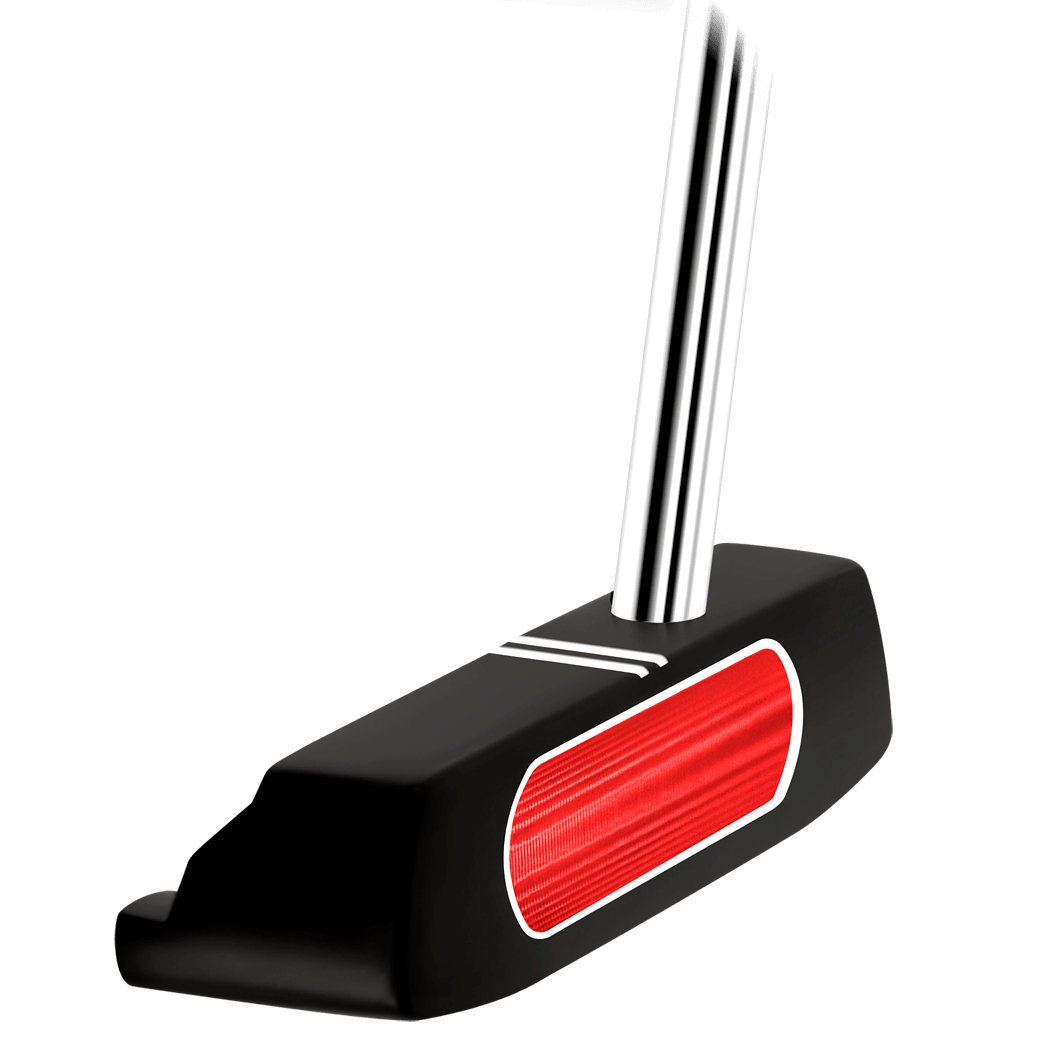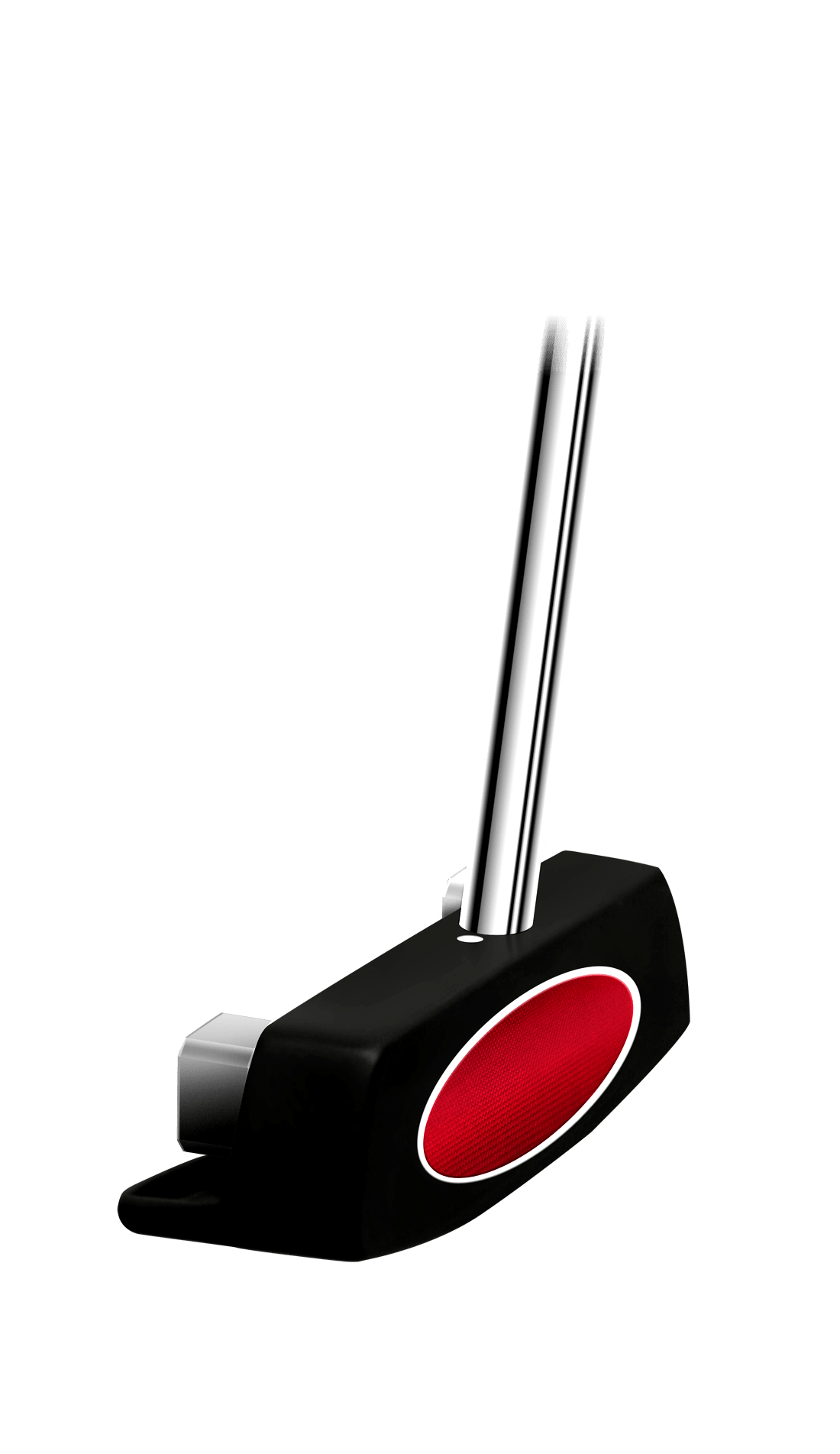If you are senior golfer and you have a single figure handicap, this tip could be very good for you about maneuvering the ball, moving the ball from left to right ever so gently, which is a fade and the ball moving from right to left just ever so slightly a draw, just moving that ball ever so slightly. And this is great, obviously if you want to try and control the ball, but the reason I said it’s for a single figure handicap is because golf is hard, you are now trying to find the ball down the middle of the fairway without trying to shape the ball. But if you are in single figure handicap, you have got a chance to actually create this shot. A higher handicap, by all means have a go, but the chances are that, that fade, that draw will turn in more to a slice and a hook rather than what we are trying to do.
So I will show you what to do to produce first of all the fade which is the safer shot. Why is it a safer shot, because when a ball moves from left to right, it's actually kind of rotating back. So where it’s lands, it’s almost landing and stopping, it's almost got the breaks on. And the ball is going from right to left, which is a drill or a hook. The ball lands and this is spinning from right to left, it’s literally bouncing, bouncing and it's going further and further into the trouble. So the fade is the safer shot, the draw is, well that’s a good shot to have. And we will tend to kind of play these shots. Imagine, we have got a green up in the distance, we have got all the trees overhanging.
We don't know how to fade a ball, all we can do is hit the ball down the left hand side. So it stops it from preventing, going onto that green for that next shot, because this says reachable. So to set ourselves up, what we have got to do is first of all, always aim the club, always, always aim the club the way you want the ball to start its journey, where it's going to travel along, start it. So I'm going to start that club to the left of the target, because I want that ball to move from left and right. And then I'm going to put my hands on, I'm going to aim my feet a little bit further left than the club. And that will make me come across the ball, so my feet are a little bit more open.
My club is aiming to the left hand side and what I am going to do now is swing the club. And as I swing that club, because the feet are more open you will encourage the club to come across. Now remember the club was aiming left to start with, so that ball is going to start out down that left hand side. Because my feet are more open, it is going to let me just kind of slice across that ball, spinning that ball, kind of coming from a little bit from an out to in swing. And that’s going to send that ball, it is going to rotate that ball left or right.
So that's the lovely shot to have, but it takes a lot of practice and the draw is just the opposite. Clubface down, aiming the club to the right, aiming the feet into the same position there, but a little bit more so and then swinging the club from inside to out. And that will start the ball down the right hand side and again rotate the ball back, but remember there is a time and a place for both of these shots, but really the fade is the one. If you can have a go, great and if you find yourself in a bit of difficulty here, remember it is a shot really, these shots are, it’s for a single figure handicap. And this is something that we would teach 18-year-olds, 20-year-olds of that age to get into their system.
So as a senior golfer I am referring to myself and to yourself, think about it. If you have single figures, have a go, if you are not, still have a go, but go to the practice ground. And if that fade turns into a slice or to the hook, maybe this isn't the shot for you. But for the single figure handicappers, I think you're going to have fun trying this because it's not as hard as you think.






